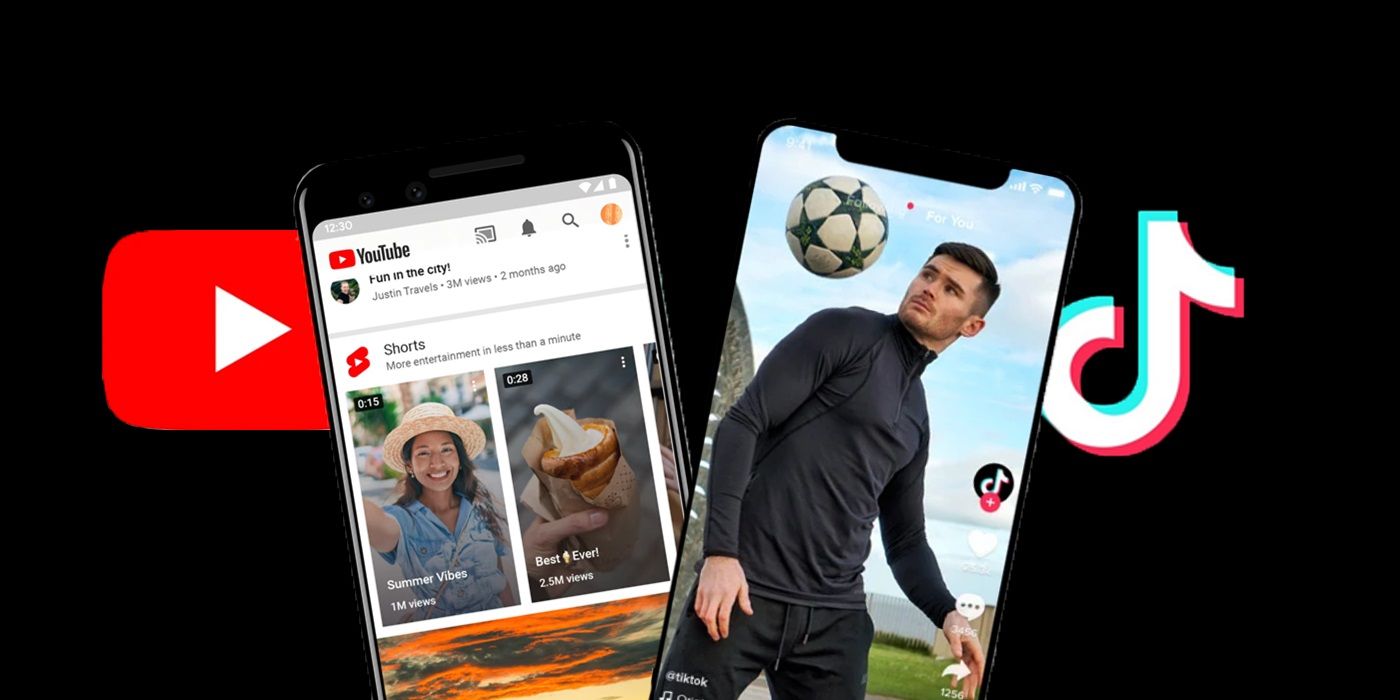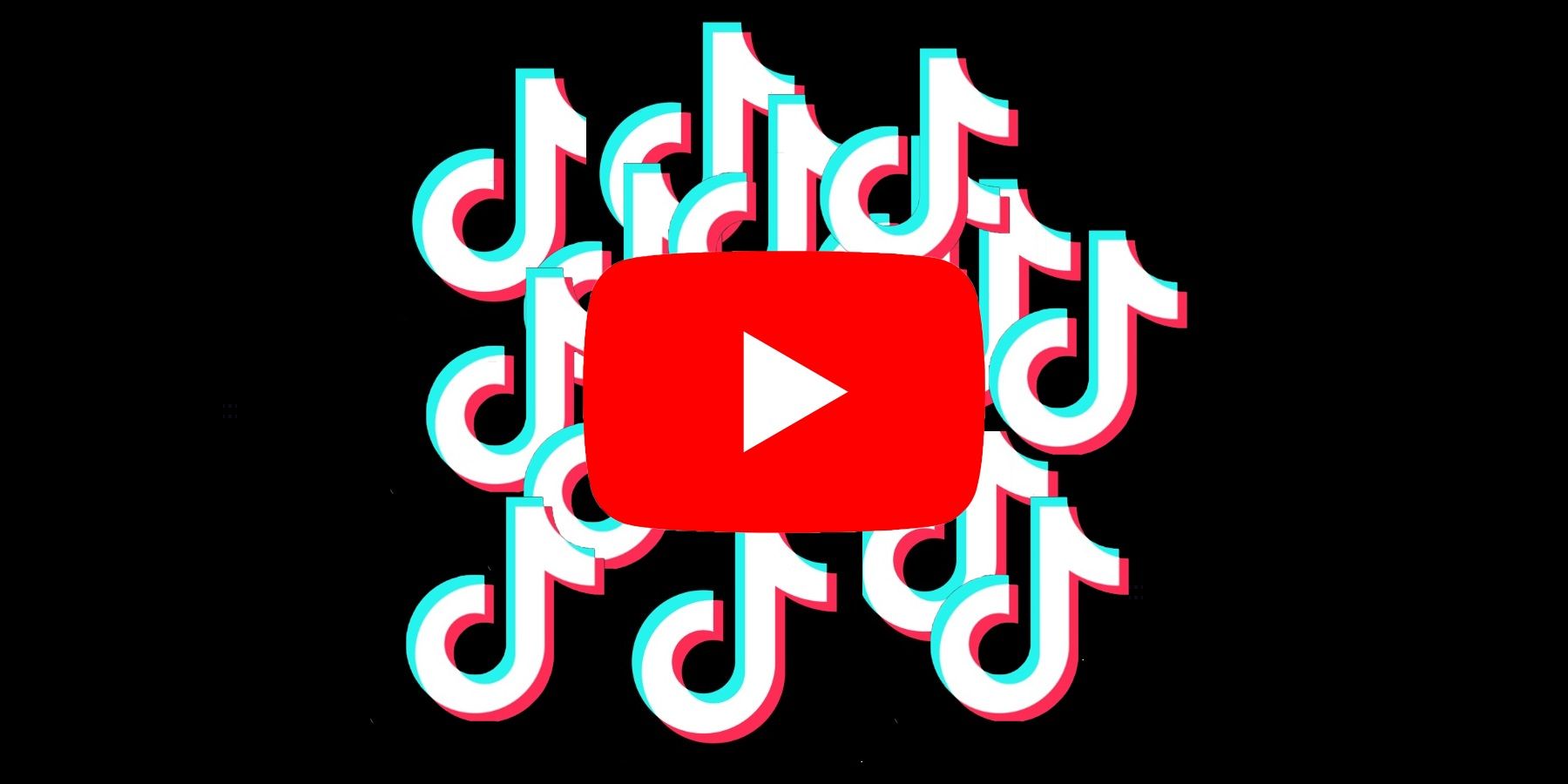TikTok's newest competitor in the field of short videos has finally emerged from YouTube. TikTok has cornered the market in short, viral videos for some time now, but the development of YouTube Shorts will result in a head-to-head battle between the two platforms. Though both TikTok and YouTube have massive audiences respectively, there remains the question of whether TikTok’s impact will really be threatened by Shorts.
With over two billion downloads, TikTok definitely deserves the title of one of the largest social media apps available. At the same time, YouTube already has an audience massive enough to compete with TikTok, which may have been one of the prime reasons behind its latest feature. Shorts first launched in India last year (where TikTok was banned), sparking a new era of beta testing. After a period of success, YouTube finally brought Shorts to the U.S., and added even more features to improve the user experience.
Shorts and TikTok are similar in many ways. Both platforms not only allow users to record 15-second long videos (and longer if needed), but they also provide the capability to upload multiple videos from outside of the app. Additionally, both platforms offer an option to upload music from their libraries, and come with the ability to add text, change the speed, and set a timer countdown. However, there are some differences that separate the two. As of right now, while TikTok offers augmented reality filters to spice up videos, YouTube Shorts doesn't. In addition, YouTube is looking to expand audio capabilities for Shorts in the future, by allowing users to take audio clips from existing YouTube videos.
Will YouTube Shorts Be As Big As TikTok?
One of the differences that may determine the success of Shorts is that YouTube itself is not a traditional social media app. While TikTok allows users to create, watch and even share videos with friends within the app, YouTube is not formatted like this. YouTube may allow users to create both long and short videos, but it’s not typically used as a platform of communication through instant messaging. Although this feature may seem trivial, it is especially important for younger audiences who tend to more often share viral videos with each other. Since YouTube doesn’t have this easy method of direct messaging, and isn’t entirely based on creating, watching, and sharing Shorts, it may have a hard time measuring up to TikTok’s success.
Another possible issue that YouTube faces is that Shorts are currently built into the existing YouTube experience and not available through a dedicated app. While this could prove to be a way for YouTube to build on the promise of connecting long and short-form content, it may turn away those who prefer focused access to quick content. Without placing a greater emphasis on Shorts itself, there's no guarantee the feature will prove as appealing as the centralized content and app approach that TikTok has taken. Regardless, with YouTube Shorts now starting to become available to more users, the battle in the viral video market with TikTok is sure to heat up.
Source: YouTube


